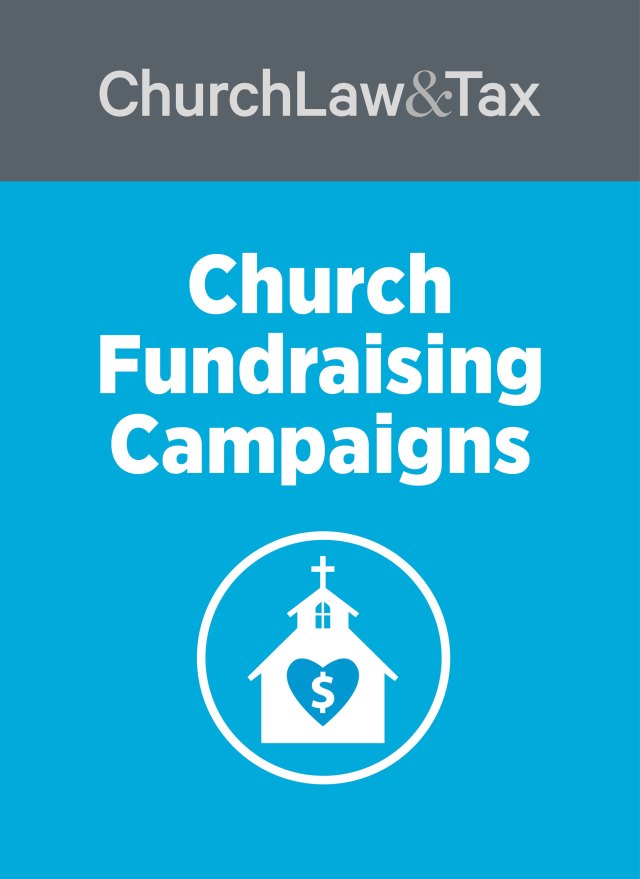Several years ago, I committed myself to teach all of God’s Word, including giving. In the years since, I have seen God work in our church in amazing ways, and he has brought our people to new levels of maturity. Here are 10 principles I’ve learned about growing givers:
1. Plan ahead
The biggest reason capital stewardship campaigns increase offerings by more than 50 percent is not the new building, but the church’s thoughtful strategy. Churches can attain similar results every year without a building project. In my first church, when I implemented a thorough plan, offerings increased by more than 20 percent in one year.
2. Emphasize discipleship
God has supplied human resources, divine resources (such as prayer), and physical resources (such as buildings and money). How we develop each of these determines the success of our ministries. Effective resource development is not a money grab. It has a spiritual foundation that makes discipleship its primary goal. The key to resource development is growth in people.
3. Bathe it in prayer
Without prayer, a financial program loses its spiritual foundation. We begin our stewardship focus with a call to prayer. We hold special prayer times and conduct a 24-hour prayer service.
4. Identify specific goals
Early in the budget process, we ask all leaders to make a wish list of new ministries or purchases for their area. We do not allow people to designate their giving to these projects, though, because that would undermine giving to our general budget. Instead, we say if our total offerings exceed the budget, we will undertake wish-list items.
5. Get commitments
If I don’t get a specific commitment from people, my Bible teaching has little effect. The first year we had a stewardship emphasis, the line on our offering graph remained horizontal. The following year I used commitment cards, and giving went up 20 percent.
6. Involve more people
Seventy percent of offerings will come from those who serve in the church. That means one of the best ways to increase giving is to increase the number who serve. During our stewardship emphasis, we teach the stewardship of time and talents. We conclude by asking everyone to fill out a ministry service commitment for the coming year.
7. Build trust
Trust is earned by how we spend the church’s money. I must be frugal and spend wisely. People are more generous when they see they can trust me to get maximum ministry value out of the budget and not to overspend. They will also be more supportive of my ideas.
8. Model generosity
Even when financial records are confidential, people somehow discern a pastor’s level of giving. One man told me when his pastor talked about giving, the money counters smirked in disbelief because they knew what he gave. Others noticed and soon got the picture.
9. Be positive
We follow our prayer emphasis and home visitation with four weeks of positive biblical teaching on stewardship. Only one sermon focuses primarily on financial giving. I don’t promise financial wealth or immediate rewards from giving. I say God usually rewards our giving with better things than money—like love, joy, peace, good friends, and families.
10. Spell out sacrifice
Instead of calling our stewardship emphasis “faith promise giving” as I used to do, I now refer to it as “faith sacrifice investment.” Faith communicates that all giving requires us to give up something now based on our faith in God’s love and our future reward from him. I use sacrifice instead of promise because God desires loving sacrifice more than verbal promises. In addition, the only way most people will be able to fulfill their giving promises is by sacrificing a current expense. When people fail to fulfill the faith promise they made to God, it is usually because they tried to increase their giving without having increased income.





